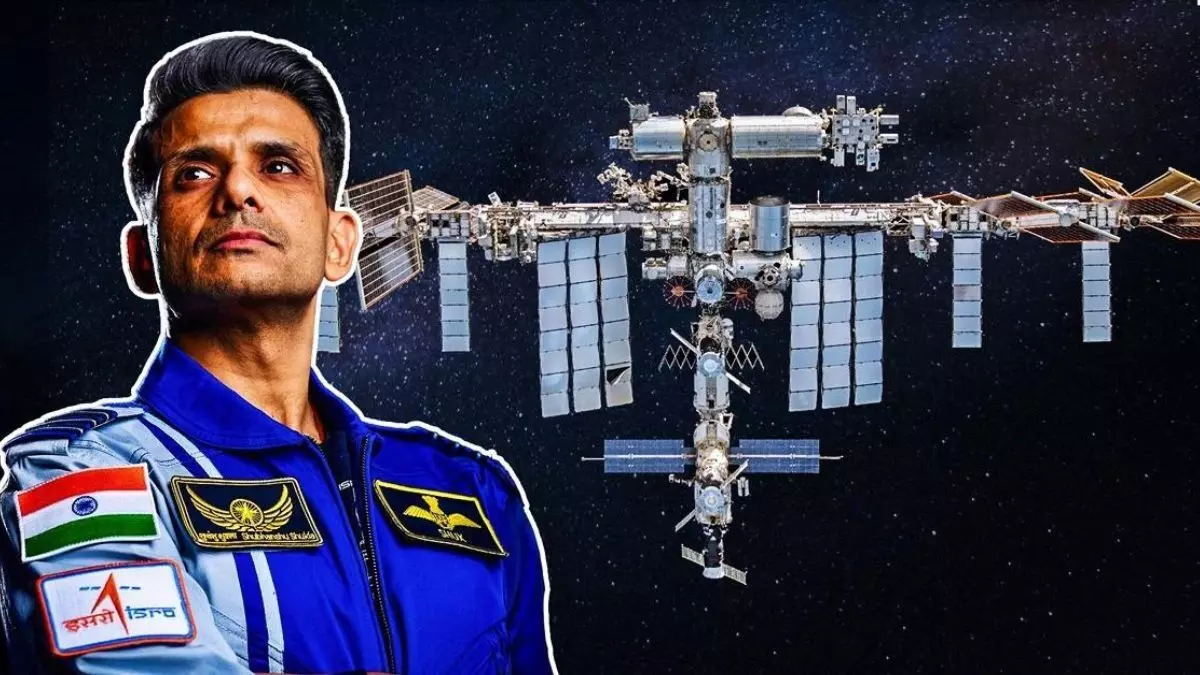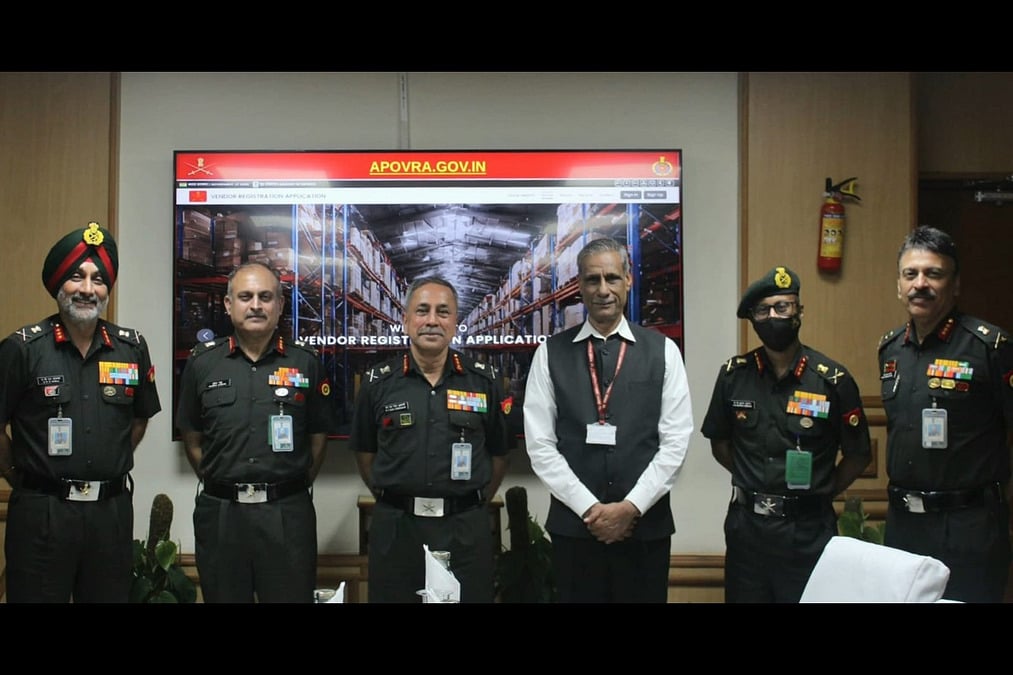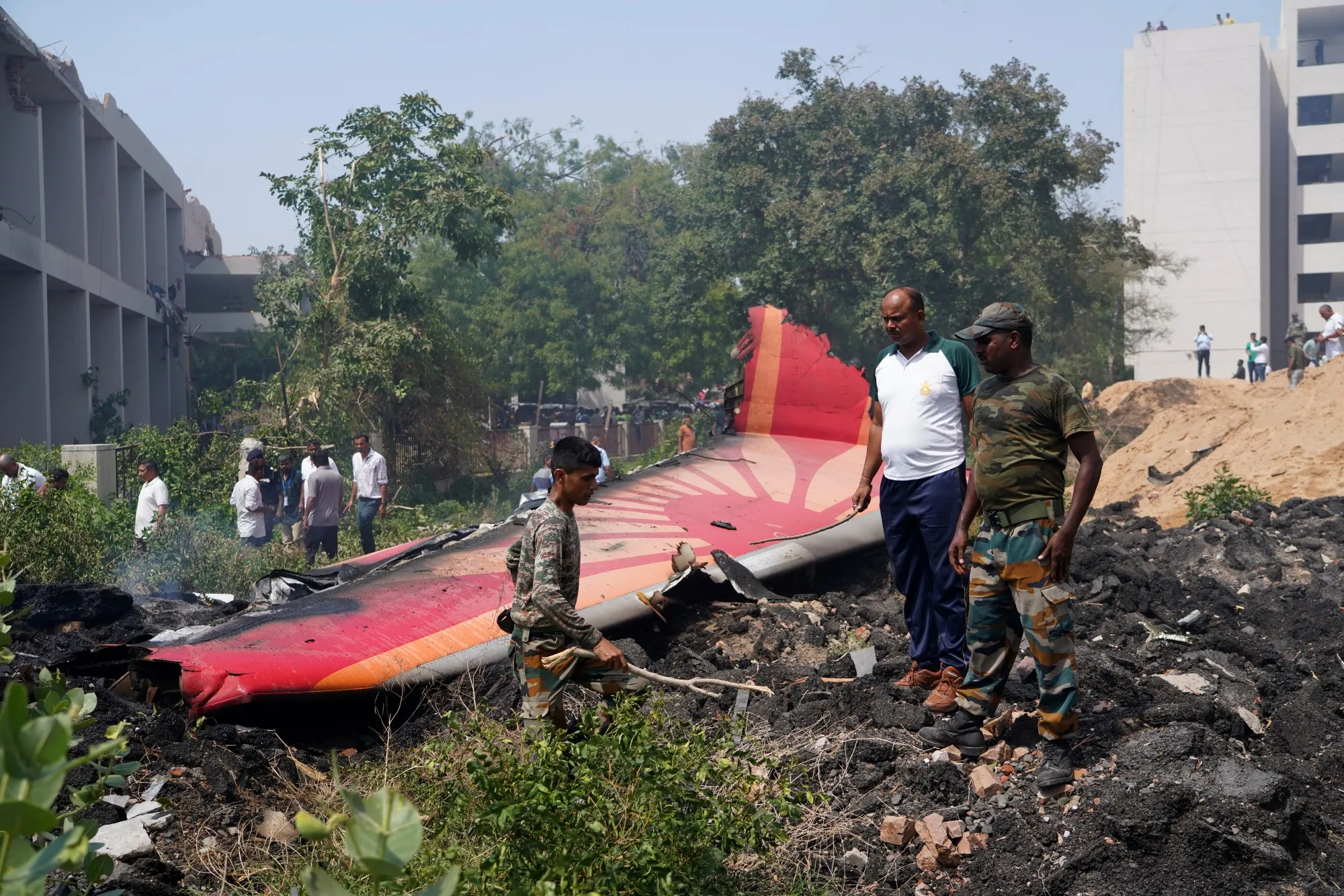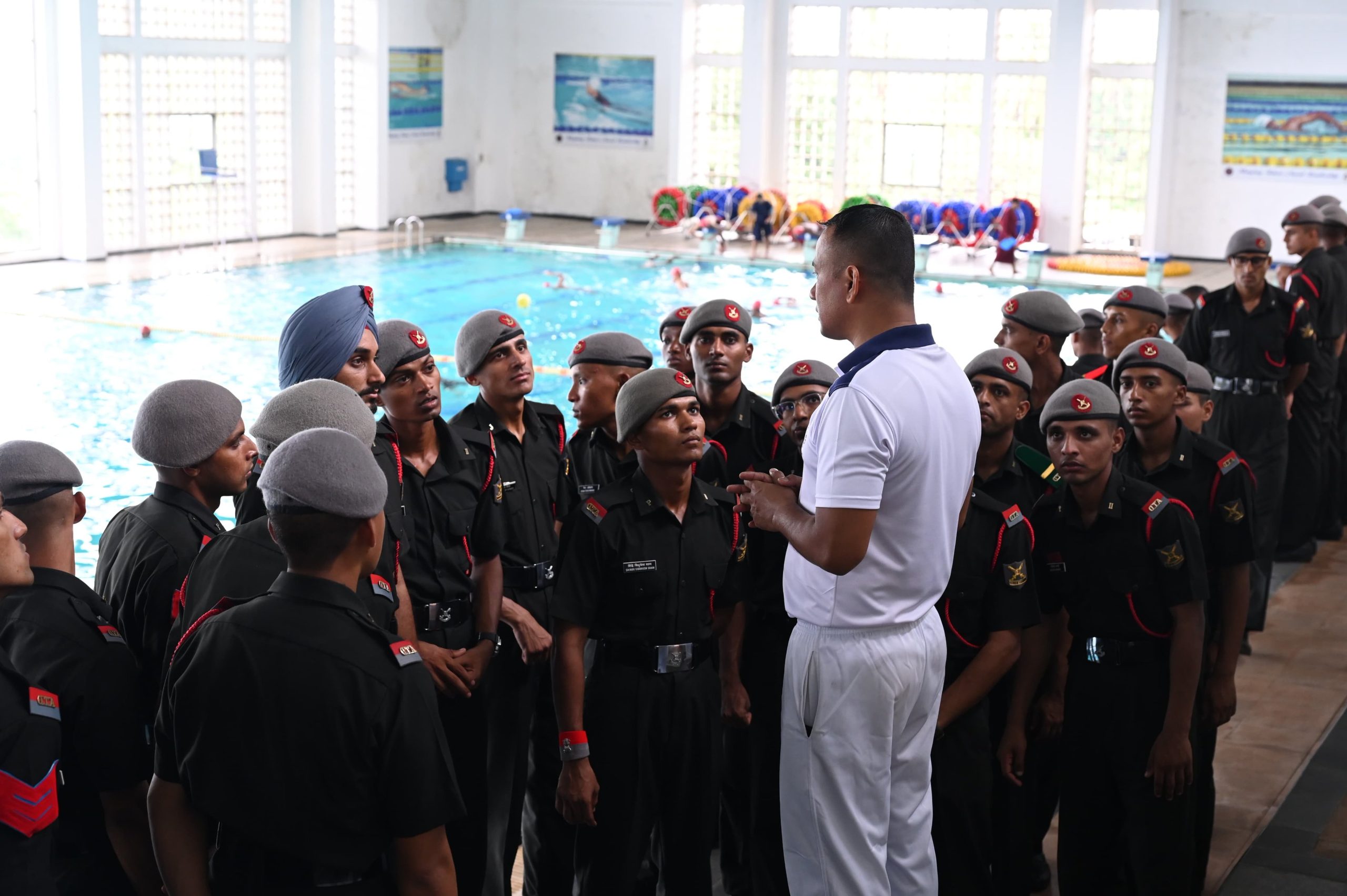Jaish Terrorist ‘Maulvi’ Eliminated in Ongoing Operation Bihali in Udhampur
A high-value terrorist affiliated with the Pakistan-backed Jaish-e-Mohammed outfit, identified as Maulvi, has been gunned down by Indian security forces…
Group Captain Shubhanshu Shukla Reaches International Space Station Aboard Axiom-4 Mission
Group Captain Shubhanshu Shukla of the Indian Air Force has successfully reached the International Space Station (ISS) aboard SpaceX’s Dragon…
Indian Army Unveils Blockchain Vendor App to Modernise Procurement Process
Taking a major step towards digital innovation and improved transparency, the Indian Army has introduced a blockchain-powered Vendor Registration Application…
Pakistan Restricts Airspace Near LoC Amid Alleged Military Drills
In a development that has drawn attention across diplomatic and defense circles, Pakistan has issued a Notice to Airmen (NOTAM),…
Black Box Data Recovered from Air India Flight AI-171; Analysis Underway to Determine Crash Cause
The Aircraft Accident Investigation Bureau (AAIB) has confirmed the successful recovery and secure transfer of both black boxes from the…
Indian Naval Academy Hosts OTA Chennai Cadets for Midterm Hike and Training Exchange
The Indian Naval Academy (INA) recently wrapped up a three-day midterm hike and inter-academy training exchange from June 23 to…






